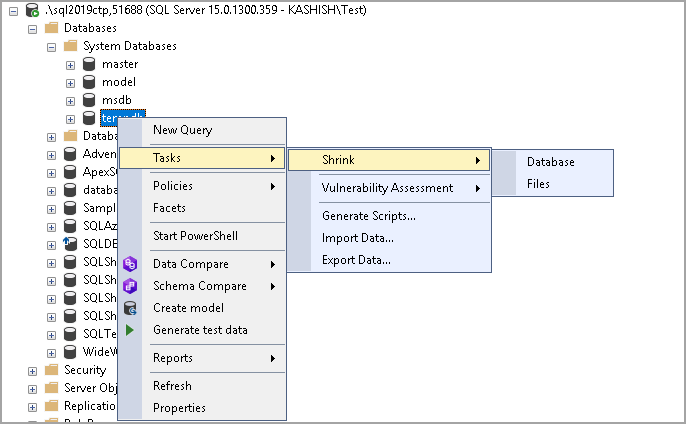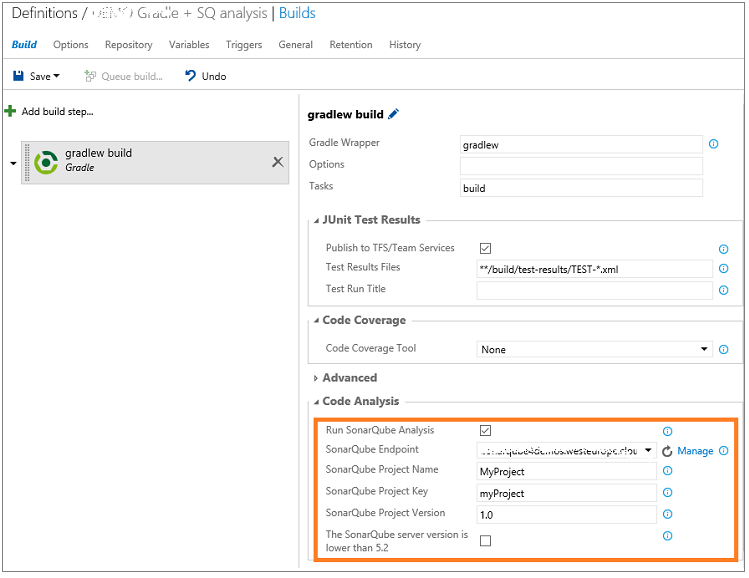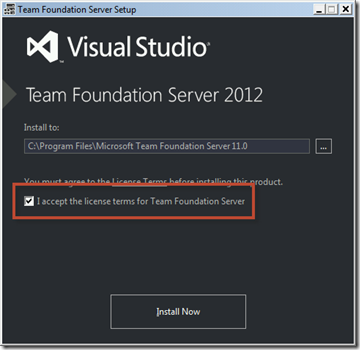
Tools include a web recorder that lets users comment on actions in a web application with linked recordings. The Task Board shows the backlog in a new visual view.Ī new connector for Project Server enables project-style views of project progress, such as Gantt charts.Ī new feedback mechanism aimed at stakeholders lets users enter feedback into Team Foundation Server.

Backlogs shows features to be implemented in a sprint, a unit of project iteration. There are new tools in the Web Access client for Team Foundation Server for feedback and collaboration on projects using Agile methodology. There are new views for common categories of information, including work items, pending changes, builds, reports and bugs. This has been revamped for the new version, and now uses “full asynchronous communication” to improve load time and responsiveness. Team Explorer is the connector and window in Visual Studio that forms the client for Team Foundation Server. You can then do other work when you later resume the task Visual Studio recovers its state.

#MICROSOFT TEAM FOUNDATION SERVER COMPLETE WORD DOCUMENT CODE#
Context switching lets you shelve code changes, open windows and other activity tied to the current task. The thinking here is that when developers are interrupted they lose the flow of their work. But what about deployed applications? A new connector for System Center Operations Manager brings similar integration, so that bugs can be reported directly to Team Foundation Server complete with stack trace enabled by IntelliTrace, a historical debugging feature. Visual Studio 2010 already includes a virtual lab management feature that lets you test applications on virtual machines managed by System Center Virtual Machine Manager. Why bother, when Microsoft already has Sketchflow in Expression Blend, and tools in Visio for laying out a GUI? Apparently many users are more comfortable in Office.

This is not exactly a Visual Studio feature but the new version will include a PowerPoint plug-in and templates that lets you mock up a user interface. Adding test frameworks is an extensibility point as well so if you don’t see your favorite one listed here, you can easily add it. We will support MS Test, xunit, and nunit with vNext. With Visual Studio vNext we are enabling you to use your favorite unit testing framework integrated deeply into the IDE. The new Visual Studio will support unit tests that run in the background. Microsoft is beginning to talk in detail about the next version of Visual Studio, though currently mostly in the area of ALM (Application Lifecycle Management) tools.Ĭontinuous testing and support for diverse test frameworks


 0 kommentar(er)
0 kommentar(er)
